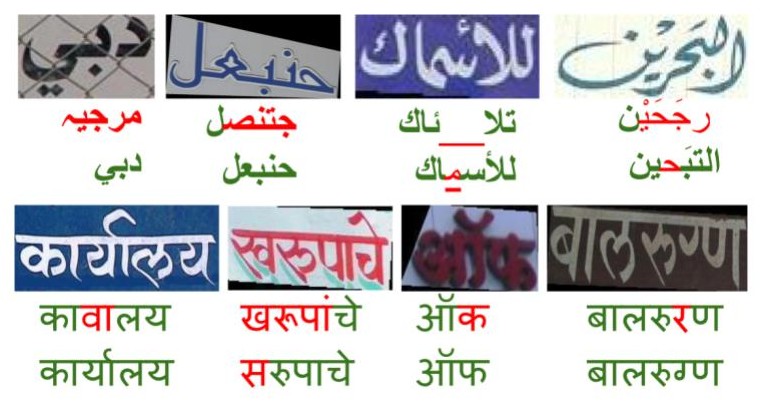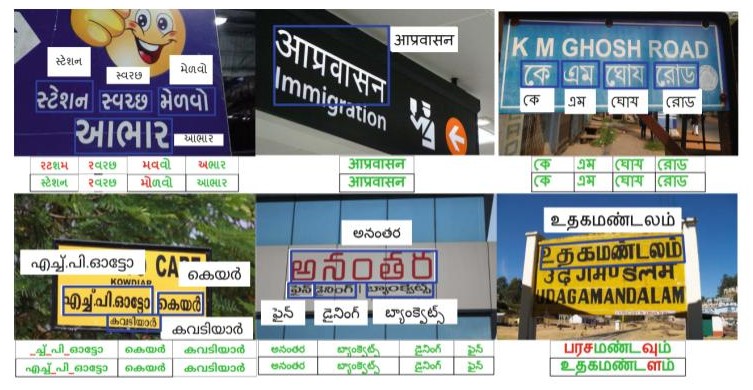Automated Tree Generation Using Grammar & Particle System
Aryamaan Jain, Jyoti Sunkara, Ishaan Shah, Avinash Sharma and K S Rajan
Abstract
Trees are an integral part of many outdoor scenes and are rendered in a wide variety of computer applications like computer games, movies, simulations, architectural models, AR and VR. This has led to increasing demand for realistic, intuitive, lightweight and easy to produce computer-generated trees. The current approaches at 3D tree generation using a library of trees lack variations in structure and are repetitive. This paper presents an extended grammar-based automated solution for 3D tree generation that can model a wide range of species, both Western and Indian. For the foliage, we adopt a particle system approach that models the leaf, its size, orientation and changes. The proposed solution additionally allows control for individual trees, thus modelling the tree growth variations, changes in foliage across seasons, and leaf structure. This enables the generation of virtual forests with different tree compositions. In addition, a Blender add-on has been developed for use and will be released.
Download
- Click here to download paper
- Click here to download blender plugin
- Click here to download tree generation code
- Click here to download grammar files
- Click here to download 3D tree dataset
Contact
- Aryamaan Jain:
This email address is being protected from spambots. You need JavaScript enabled to view it. - Jyoti Sunkara:
This email address is being protected from spambots. You need JavaScript enabled to view it. - Ishaan Shah:
This email address is being protected from spambots. You need JavaScript enabled to view it. - Avinash Sharma:
This email address is being protected from spambots. You need JavaScript enabled to view it. - K S Rajan:
This email address is being protected from spambots. You need JavaScript enabled to view it.



